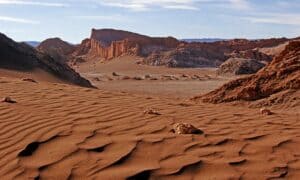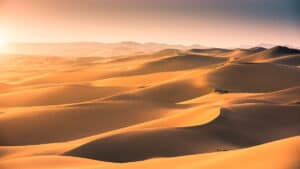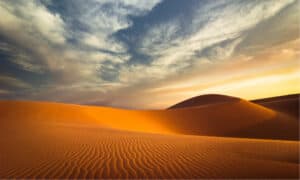When you think of the desert, the desert that appears in your mind first is likely the Sahara. It is, after all, the largest hot desert in the world at over 3,600,000 square miles in size. But did you know it wasn’t always a desert? The Sahara Desert was once part of the ocean.
Was the Sahara an Ocean?
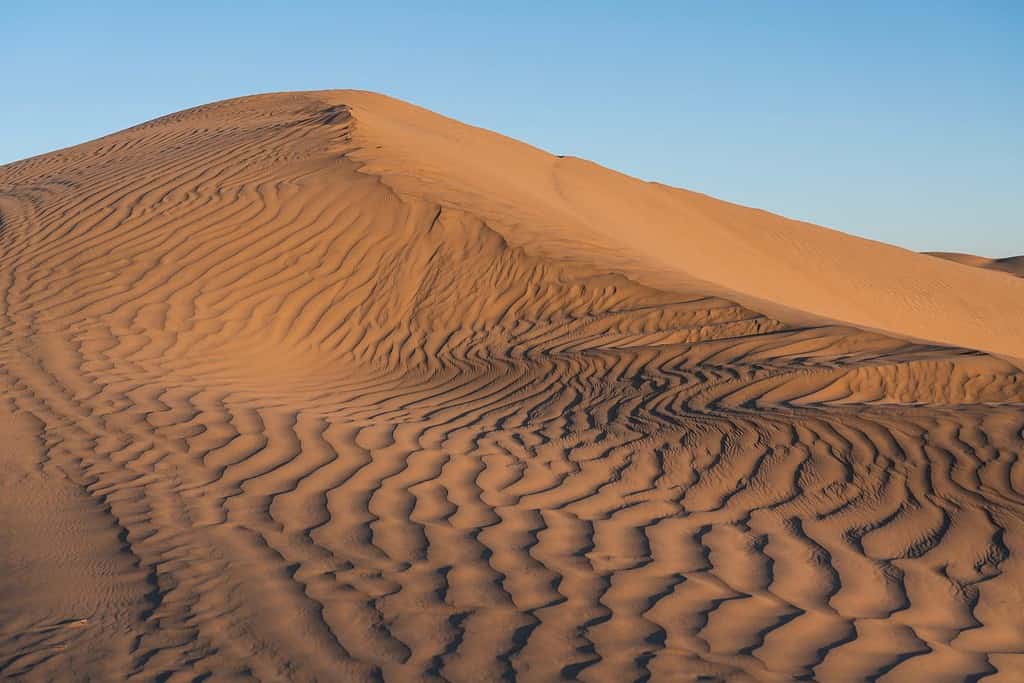
You’d never know by looking at it, but the Sahara wasn’t always a desert.
©Laci Gibbs/Shutterstock.com
Technically, the Sahara wasn’t part of the ocean. However, it was a sea. Scientists estimate that the sea was 164 feet deep. It also covered about 1,158 miles of the current desert.
The sea that used to cover the Sahara was known as the Trans-Saharan Seaway. It existed 50 to 100 million years ago, during a time when ocean levels were high. The name came because while it didn’t cover the entirety of the Sahara desert, it bisected the land.
That doesn’t mean the rest of the desert was like it is today. The rest of the desert, especially around Mali looked more like grassland, specifically savanna grassland. While it still wasn’t a tropical oasis, it had much more water than you’d find there today.
Why Is it So Dry Now?
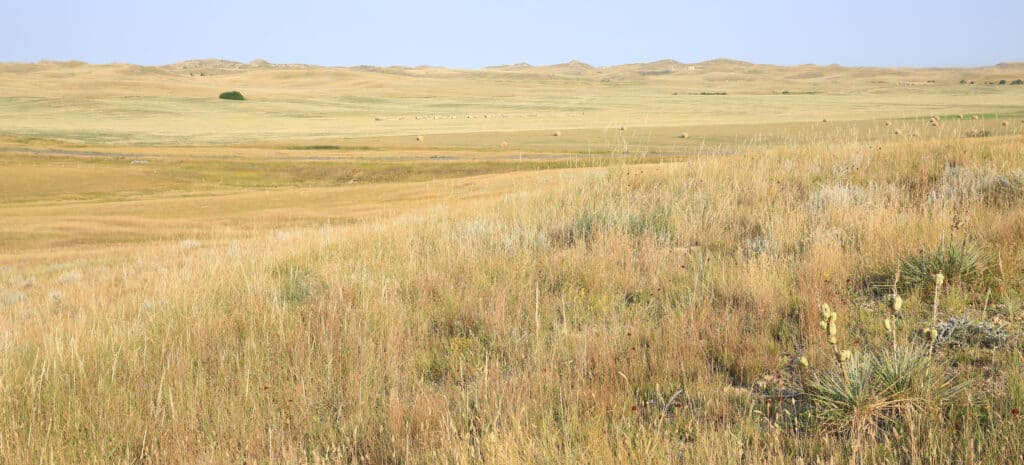
The Sahara might have once looked similar to this landscape.
©Traveller70/Shutterstock.com
So how did the Sahara go from a savanna to a desert? As strange as it sounds, it is a normal cycle. The Sahara switches between a desert and a savanna grassland every 20,000 years or so. It’s a natural cycle that changes due to the change in the earth’s orientation as it goes around the sun. This change in the axis changes where the monsoons occur.
The real question is, what made it happen so suddenly? There’s no solid answer to that question. What scientists do know is that somewhere between 8,000 and 4,500 years ago, the Sahara changed quickly from rich greenery and sea to dry, hot sand.
There’s a good chance that humans and domesticated farm animals played a large part. Based on sediment and pollen records, it seems that every time people brought their animals to a part of the Sahara to graze, the land would change. Overgrazing is the most likely cause.
The Sahara was already on its way to becoming a desert. Due to natural cycles, the area was losing moisture in the air. However, the loss of grasses due to overgrazing sped up the process. Plants give off moisture, so with fewer plants around, there was less moisture released into the air.
Not everyone agrees with this explanation. While the change from humid grasslands to desert was fast, it’s still in the realm where it could have happened naturally. As more dust forms, it speeds up the process a little more until it’s all happening fast.
No matter which explanation above is true, the fact is that no matter what, the Sahara would have turned into a desert via natural means.
How Do Scientists Know?
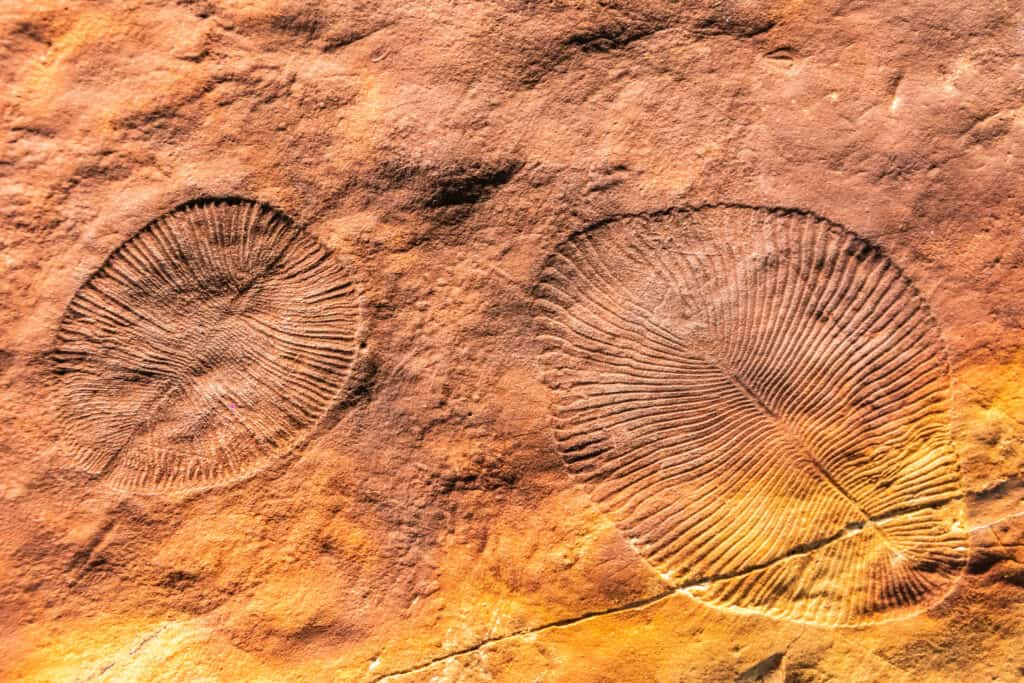
Fossils of sea life in the Sahara made it clear that it wasn’t always a desert.
©Alizada Studios/Shutterstock.com
One of the main reasons scientists know that the Sahara is known to have once been underwater is due to the presence of fossils. Due to the shifting sands and safety issues, it’s not always easy to find them, but some have been uncovered over time.
For example, one expedition to the Sahara discovered bones of some of the largest catfish and sea snakes found anywhere in the world. This has led to the theory that the Sahara changed geography enough that the sea became individual bodies of water which led to species gigantism.
In addition to catfish and sea snakes, other lives found in the area include long-snouted crocodilians, mangroves, and even a few mammals.
The photo featured at the top of this post is © bluejayphoto/iStock via Getty Images
Thank you for reading! Have some feedback for us? Contact the AZ Animals editorial team.



